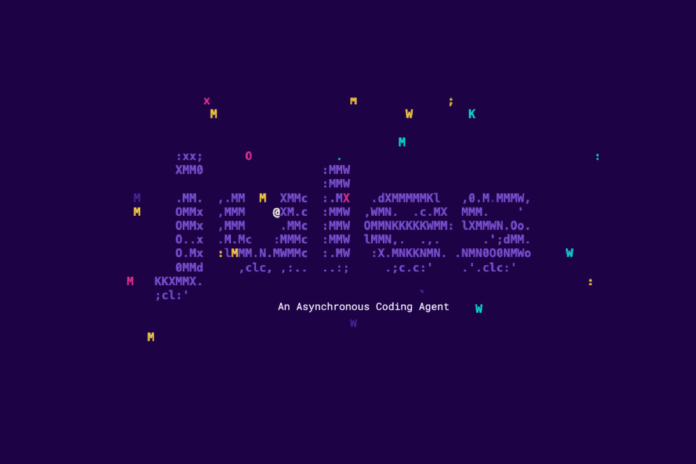Google is bringing its AI coding agent Jules deeper into developer workflows with a new command-line interface and public API, allowing it to plug into terminals, CI/CD systems, and tools like Slack — as competition intensifies among tech companies to own the future of software development and make coding more of an AI-assisted task.
Until now, Jules — Google’s asynchronous coding agent — was only accessible via its website and GitHub. On Thursday, the company introduced Jules Tools, a command-line interface that brings Jules directly into the developer’s terminal. The CLI lets developers interact with the agent using commands, streamlining workflows by eliminating the need to switch between the web interface and GitHub. It allows them to stay within their environment while delegating coding tasks and validating results.
“We want to reduce context switching for developers as much as possible,” said Kathy Korevec, director of product at Google Labs, in an interview.
Google already offers Gemini CLI, an AI-based command-line tool that works across developer environments like terminals and CI/CD pipelines. Both Gemini CLI and Jules use Google’s Gemini 2.5 Pro AI model under the hood. However, Korevec told TechCrunch that Jules Tools is designed for “very scoped tasks,” while Gemini CLI requires users to be “a lot more iterative” and to “collaborate a lot more with the tool.”

Google’s senior developer advocate Denise Kwan also elaborated in a Medium post on how Jules differs from Gemini CLI. Jules is less interactive by design, she noted, and executes tasks independently once the user approves its plan.
In addition to the CLI, Google has made Jules’ API public, which it had previously used for internal development. The purpose of this is also to help developers use Jules more often as they can extend the tool into their existing workflows where they have “a lot of muscle memory and familiarity,” Korevec said.
Developers can also use the API to integrate Jules with their integrated development environment (IDE), a software application that helps make coding easier by providing a list of tools, such as VSCode. However, Korevec told TechCrunch that her team is keen to build specific plugins for IDEs to further expand Jules’ presence.
Techcrunch event
San Francisco
|
October 27-29, 2025
The latest updates come just after Google introduced “memory” for Jules to keep a record of interactions with users and their preferences, nudges, and corrections. For the last few weeks, the tool has also added a list of other features, including a stacked layout for the diff viewer, image upload, and the ability to read and respond to comments on pull requests.
Now, another area Google is exploring with Jules is reducing its reliance on GitHub. Currently, the agent codes within a GitHub repository — requiring developers to either connect it to an existing repo or provide a blank one to work in.
“Users want Jules to integrate with other code hosting providers,” said Korevec. “We are looking into how we can enable that with other version control systems. We are also looking into enabling it for people who don’t want a version control system, or they don’t care where their code is hosted.”
Oversight of AI tools remains a challenge, especially when they are used in professional settings. Jules, however, is designed to notify the user if it gets stuck on a particular task, prompting them to step in and assist.
“If something happens where it runs into an issue, or it runs into a situation where it can’t unstick itself, it will pause and ask me a question,” Korevec said.
However, oversight becomes more difficult when users interact with Jules on mobile, as native notifications are not yet supported. Korevec noted that many users are already accessing Jules through its mobile web interface, and said Google is working to improve the mobile experience — particularly by exploring ways to offer native notifications.
So far, Jules has primarily been used by software engineers and other professionals — unlike many vibe coding platforms that position themselves as go-to tools for non-coders. Still, some users are experimenting with Jules as a complement to more casual or creative coding environments.
“We see a lot of people take that project that they have hit the limit in whatever vibe coding tool they’re using, and then bring that to Jules for further extending it,” Korevec told TechCrunch.
Launched in public preview in May, Jules exited beta in August and is now available under structured pricing tiers. A free plan offers up to 15 individual daily tasks and three concurrent tasks. Higher limits are available through the Google AI Pro and Ultra plans, priced at $19.99 and $124.99 per month, offering approximately 5x and 20x the limits, respectively.
Source link





